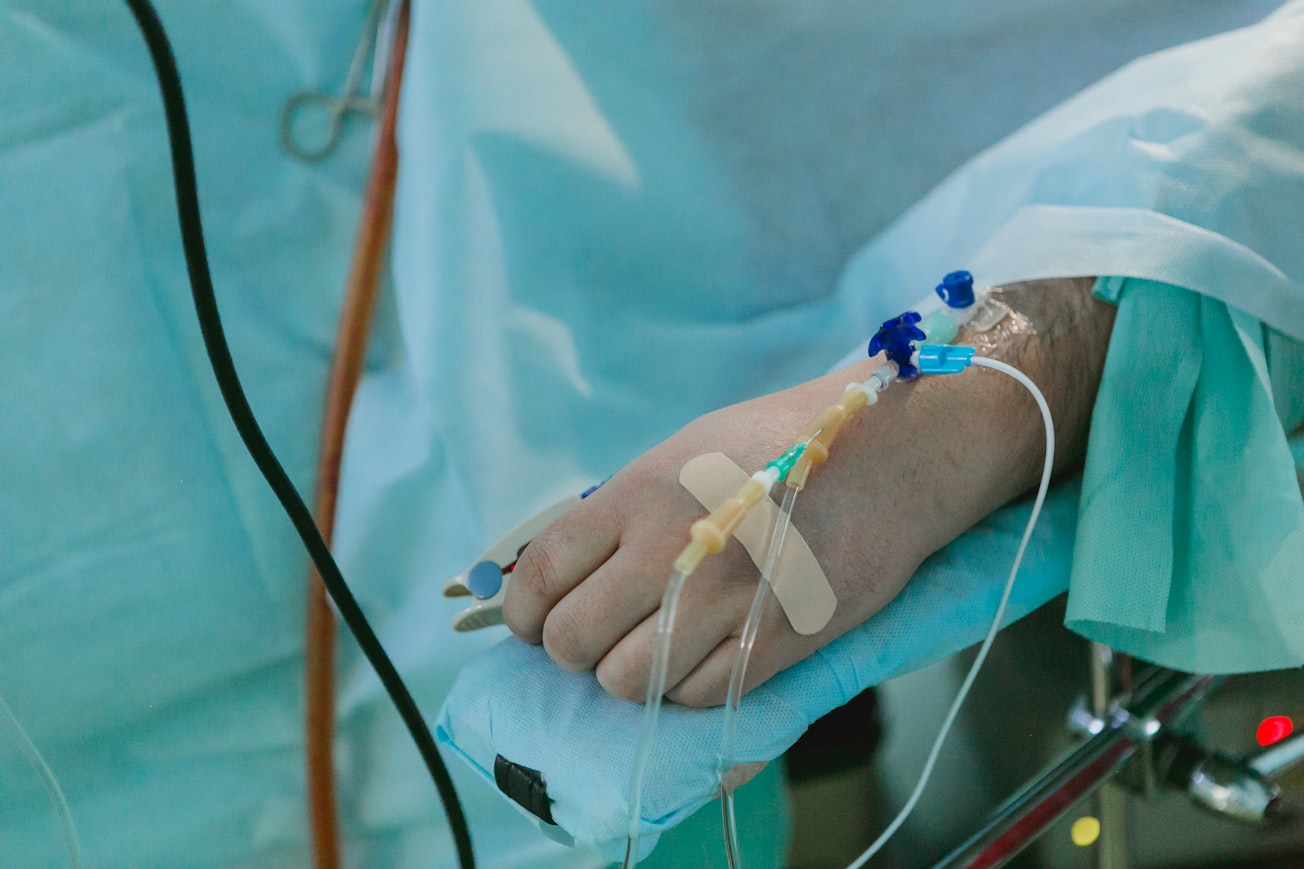What is it about?
Bacterial species are under continuous warfare with each other for access to nutrients. To gain an advantage in this struggle, they produce antibacterial compounds that target and kill their competitors. Different species of bacteria, including ones that live inside us, can battle each other for scarce resources using a variety of tactics. Now, researchers from the laboratories of Prof Jonathan Heddle from Malopolska Centre of Biotechnology, Jagiellonian University, Krakow and Dr Konstantinos Beis at Research Complex at Harwell /Imperial College, London, have uncovered the mechanism of one such tactic in work that may eventually lead to the development of new antibacterials. The team’s work focussed on a protein called SbmA. In some bacteria this protein acts as an active gateway through the inner membrane of the cell, guarding the entrance to the cell interior. Bacteria use SbmA to “pump” much needed peptides into the cell where they can be used to make vital proteins. However, it can also be an Achilles heel: Other bacteria can ‘hijack’ SbmA by providing it with peptides that are toxic. When SbmA pumps in these poisons, the cell dies. The deviousness of this approach exploits the fact that SbmA seems able to pump in a wide variety of different peptides but exactly how it achieves this was unknown. To gain more information into how SbmA works, the team, including lead authors Dmitry Ghilarov, Satomi Inaba-Inoue and Piotr Stępien, determined the structure of SbmA using cryo-electron microscopy at the Polish national cryo-EM facility (SOLARIS) and the UK’s national electron bio-imaging centre eBIC (Diamond Light Source). The results, published in Science Advances, revealed a novel membrane protein fold, combining the features of ATP-powered and proton-powered transporters named SLiPT (“SbmA-like peptide transporters”).
Featured Image

Photo by Olga Kononenko on Unsplash
Why is it important?
Understanding mechanism o how bacteria kill each other may help us to develop new antibacterials that exploit similar strategies.
Perspectives
It was great to work with the team at Imperial College. They made collaborating a pleasure!
Professor Jonathan Gardiner Heddle
Durham University
A very successful collaboration with Jonathan Heddle in determining the structure and function of the antibacterial peptide transporter SbmA.
Konstantinos Beis
Imperial College London
Read the Original
This page is a summary of: Molecular mechanism of SbmA, a promiscuous transporter exploited by antimicrobial peptides, Science Advances, September 2021, American Association for the Advancement of Science,
DOI: 10.1126/sciadv.abj5363.
You can read the full text:
Resources
Contributors
The following have contributed to this page







